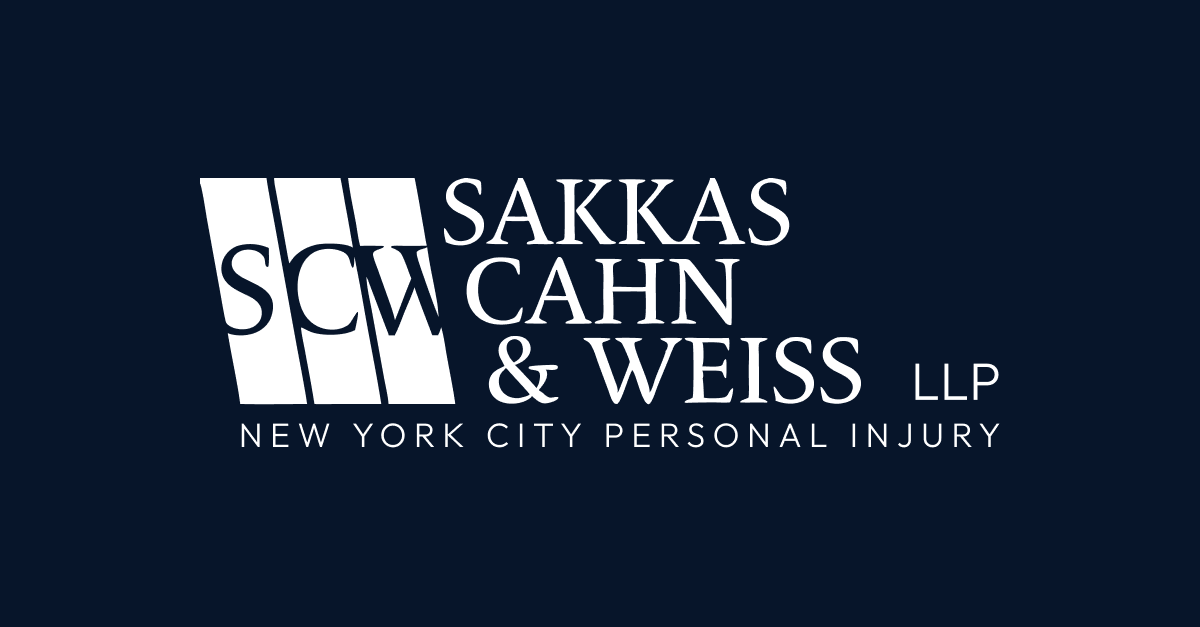Most New Yorkers pound the sidewalks every day and their only worry is foot traffic. But what lurks below the sidewalks could, in some cases, be a bigger concern.
I’m not talking about man-eating rats. I’m talking about “sidewalk” or “basement” vaults. You may have never heard the term, but you’ve probably walked over the metal Bilco-style doors that lead down to them a thousand times. Or you’ve seen delivery men opening them up and bringing product down by stairs or small elevators. But most typically, you learn about them when they collapse and the headline reads “Greenwich Village Street swallow up car and driver”.
What is a “Sidewalk” or “Basement” Vault
So, what are these structures, and why are they dangerous? Well, New York wasn’t always the City that never slept. Once upon a time, it was made up of dirt roads traveled by horses and 2-5 story buildings scattered the avenues. In those days, when a residential or commercial building was constructed, the street was made of packed earth or cobblestone and sidewalks hadn’t been installed yet. Therefore, it was common (during the late 19th Century and early 20th Century), for building owners to extend the building basement, beyond the perimeter of the building footprint, creating a “vault,” which could be up to 35 feet deep, that attached to their building.
Vault entrances were at the building front. They permitted easy access from the street, particularly for coal deliveries to fire up the furnace. It also provided easier access to utilities, without disturbing tenants. Sometimes, the cast iron doors were fitted with clear glass lenses, to admit light into the basement.
As coal became a thing of the past, the use of vaults vastly changed. Some buildings used the space as storage. Others rented the space out to low-budget tenants – garment, music, and entertainment shops were common- hence the names “Village Underground” or “Comedy Cellar”.
Then there were those owners that simply decided to allow the City to cement over the vault doors when sidewalks were installed, or solder the doors closed and leave them as decorative features. It is these latter scenarios that pose the dangers.
Vault Construction Not Built for Modern Traffic Patterns
Construction, using clay and steel, while strong at the time, wasn’t designed to last an eternity. Snow and ice, cleaned away by salt and sand, led to water infiltration (waterproofing didn’t exist in the old days), rusting, and erosion. Sidewalks constructed on top of these vaults added thousands of pounds of weight.
As the City became more populated, foot traffic pounded over these old structures. Then with the advent of automobiles, people began driving over the sidewalks or parking on said walkways, putting excessive amounts of weight on an ancient vault structure. In even later years, subways tunnels were built throughout the City, creating excessive vibrations during construction and later when the subways were put in service. In totality, a recipe for disaster was being created.
When they Collapse, All You can do is Fall
As a result, pedestrians walking on sidewalks, are often walking on the roof of an old deep vault, hidden under several inches of granite or concrete.
In 1996, I worked on a case where a Greenwich Village forklift driver, getting product out of his warehouse three doors down, went up on a sidewalk to avoid oncoming traffic and found himself (with a severe traumatic brain injury) and his forklift 25 feet below the earth in a sub-vault, after the sidewalk opened up. Because the sidewalk was so fragile, the shape of the forklift could be seen in the sidewalk like a Wiley Coyote cartoon.
In 2008, construction workers jackhammering a Midtown street were injured when the vibrations collapsed the vault and they suddenly found themselves underneath it.
And just last year, a 160 lb. man, waiting for a bus in the Bronx, found himself 15 feet below ground, with a fractured arm, when his modest frame turned out to be the proverbial “straw that broke the camel’s back”.
For those unfortunate people that find themselves injured in these bizarre accidents, the good news is that, if you are hurt, the property owner is responsible for their vaults, even if they are unaware these structures exist, and folks like me are happy to help you out and sue them.
The bad news is that many of these owners need you to fall, so they can learn about the problem because there are no accurate public records indicating which buildings have sidewalk vaults and also because the deterioration is not always easy to spot due to years of insulation, cement, and masonry, concealing the damage.
In the end, these vaulted sidewalks are generally pretty reliable – but nothing lasts forever. . . and if you are an unlucky victim, then that goes for your health.


Contact us to learn how we can help
Share the details of your case with us, and we will evaluate your situation and outline potential strategies. Don’t wait — take the first step to compensation!
.svg)

%20(1).webp)